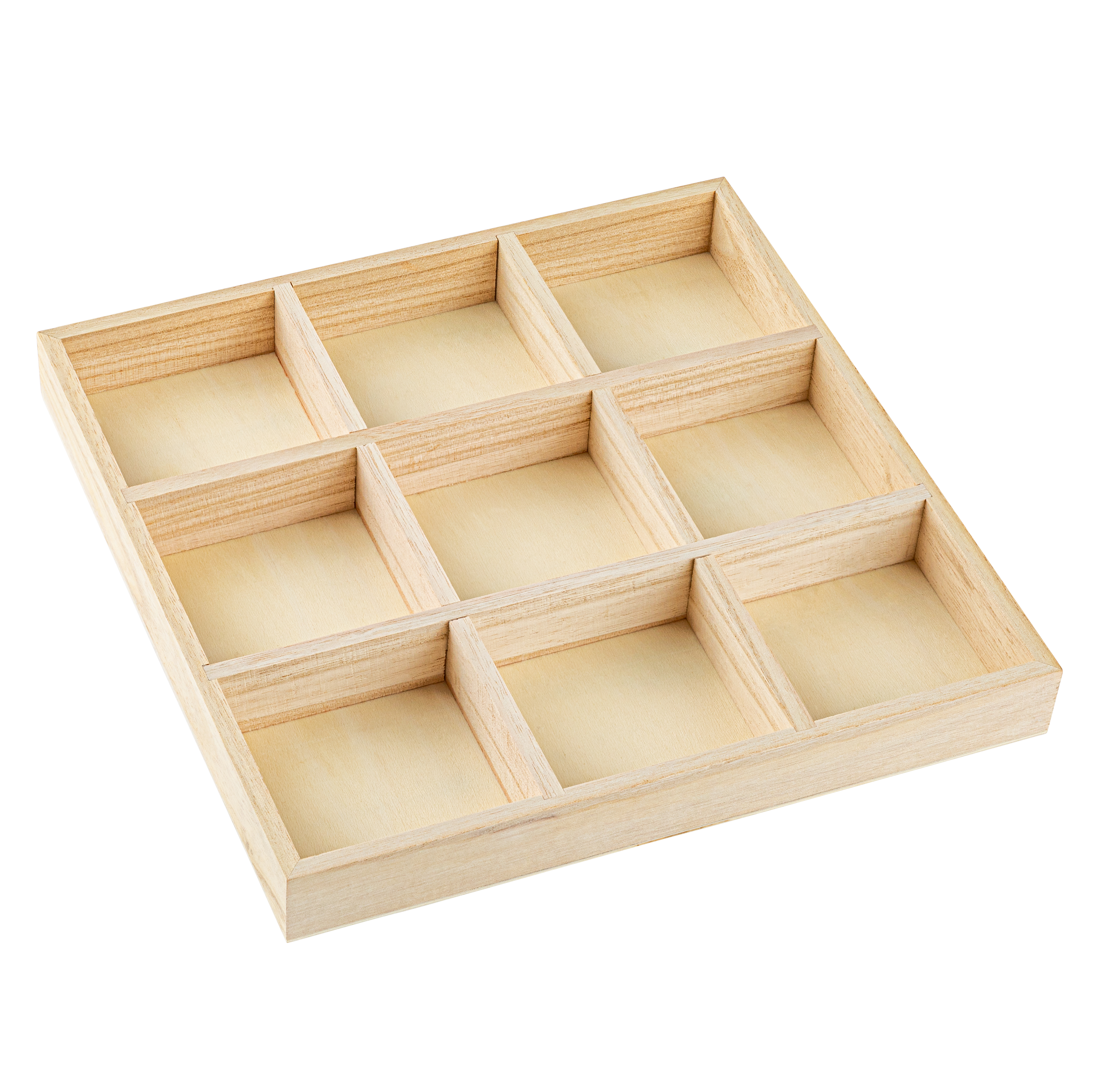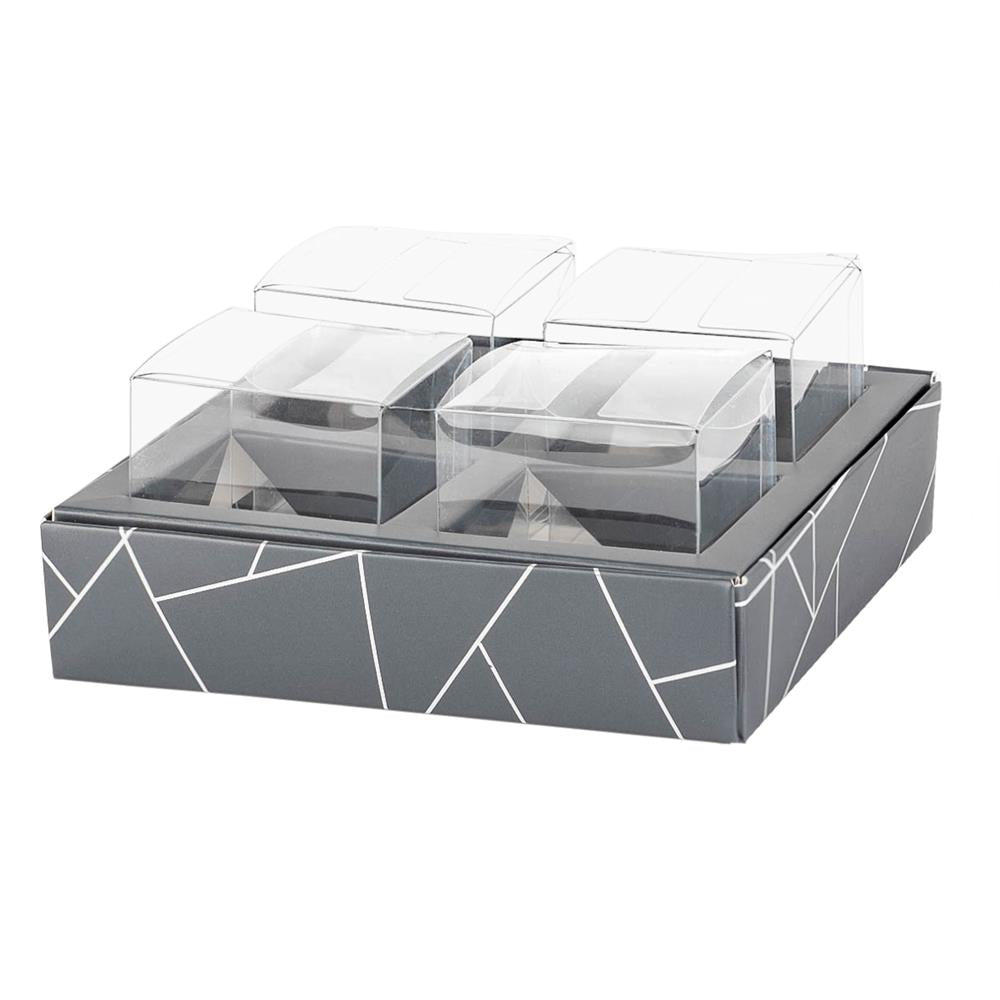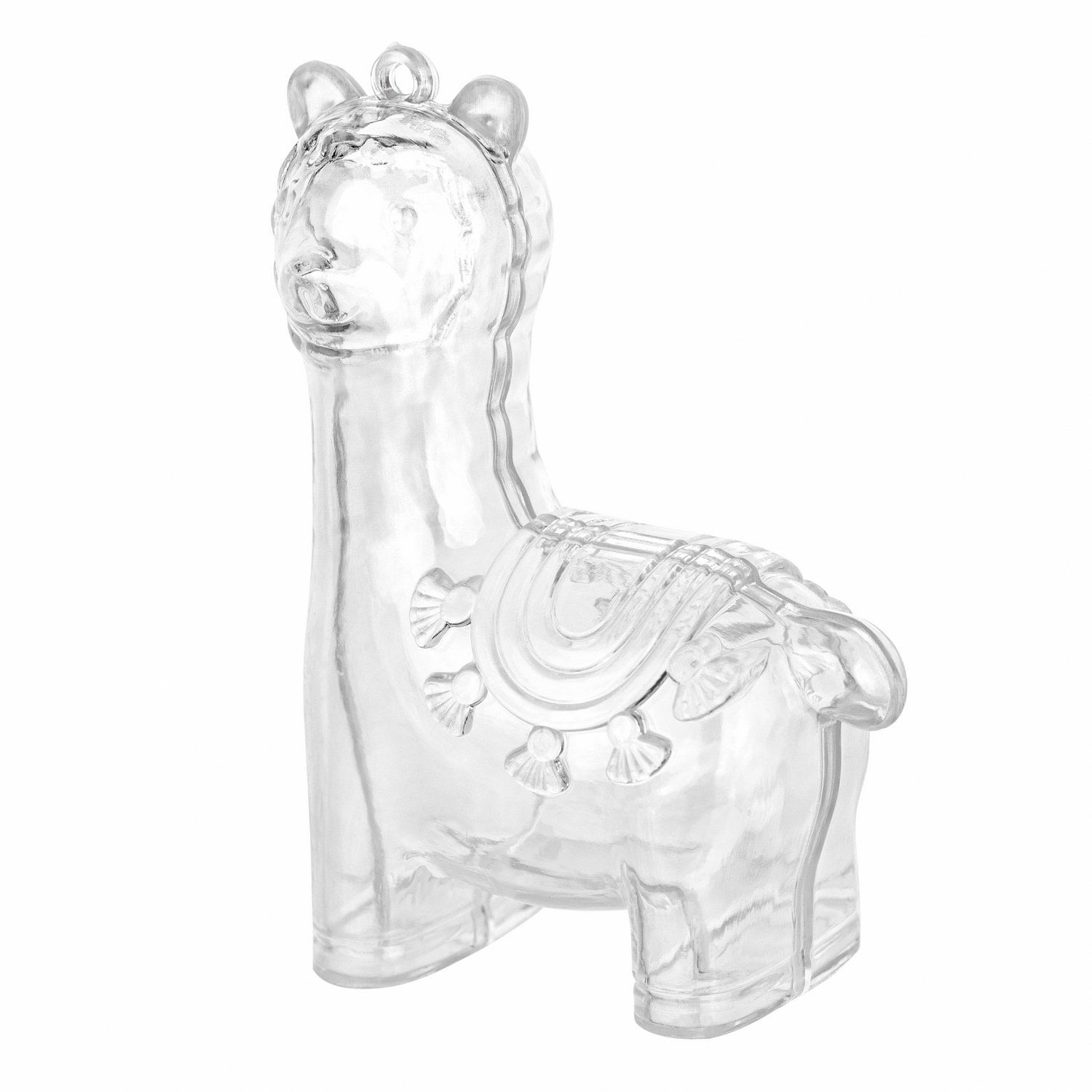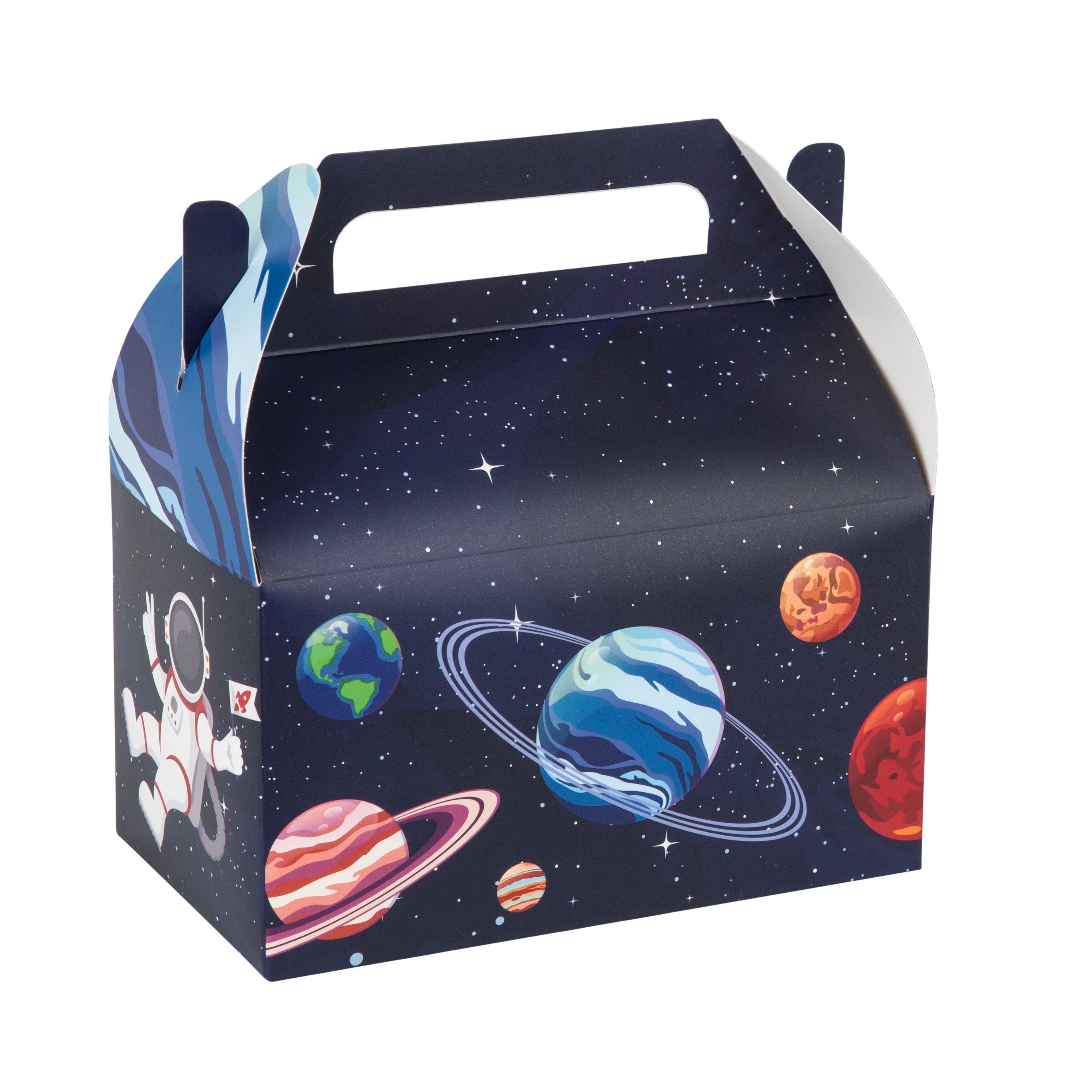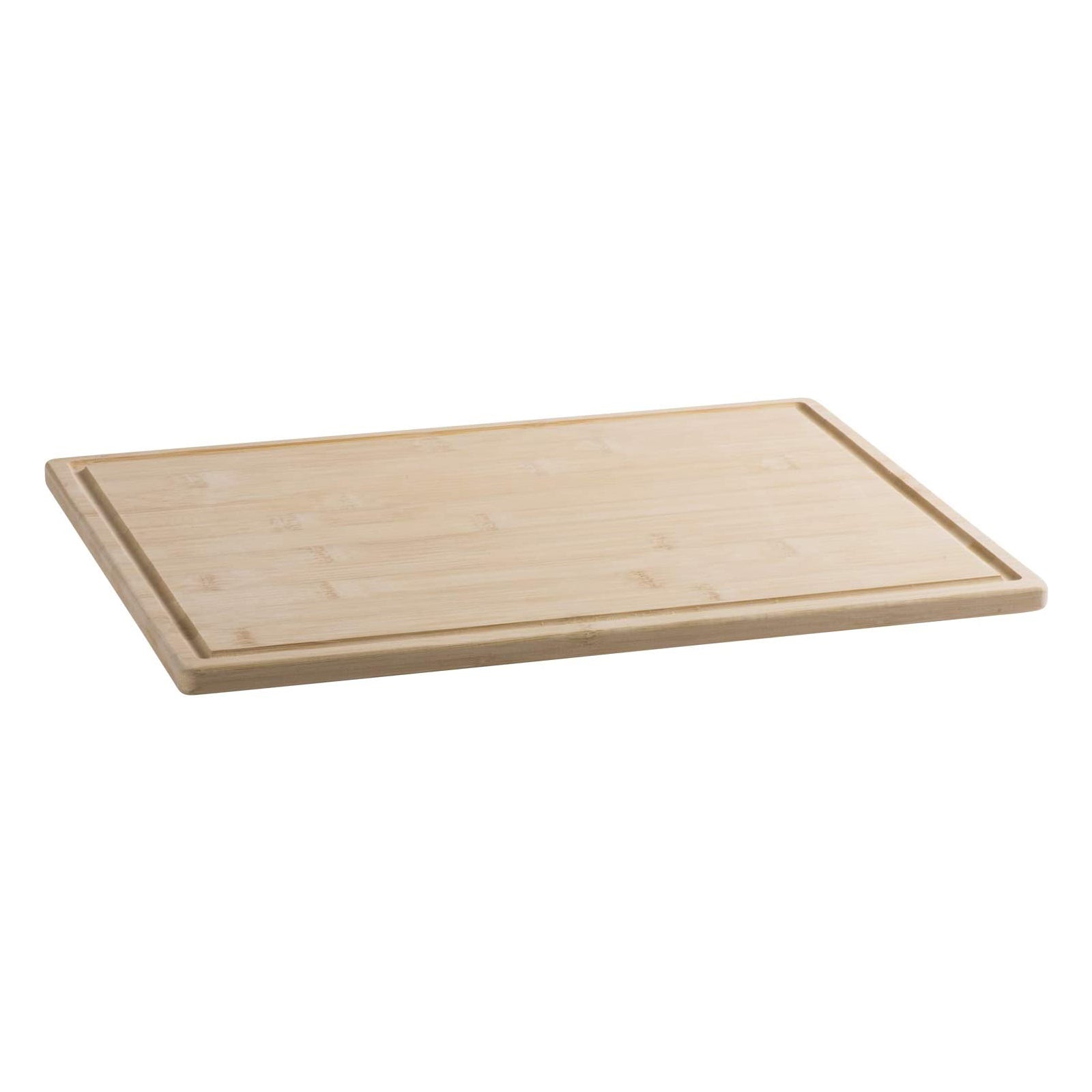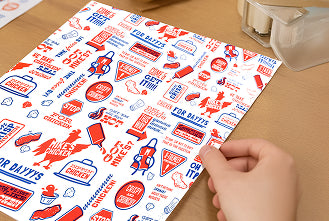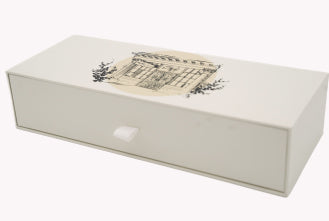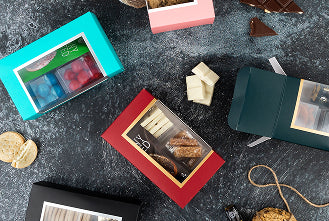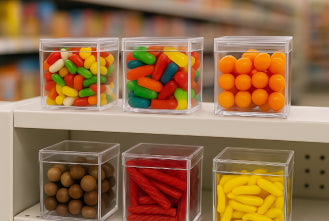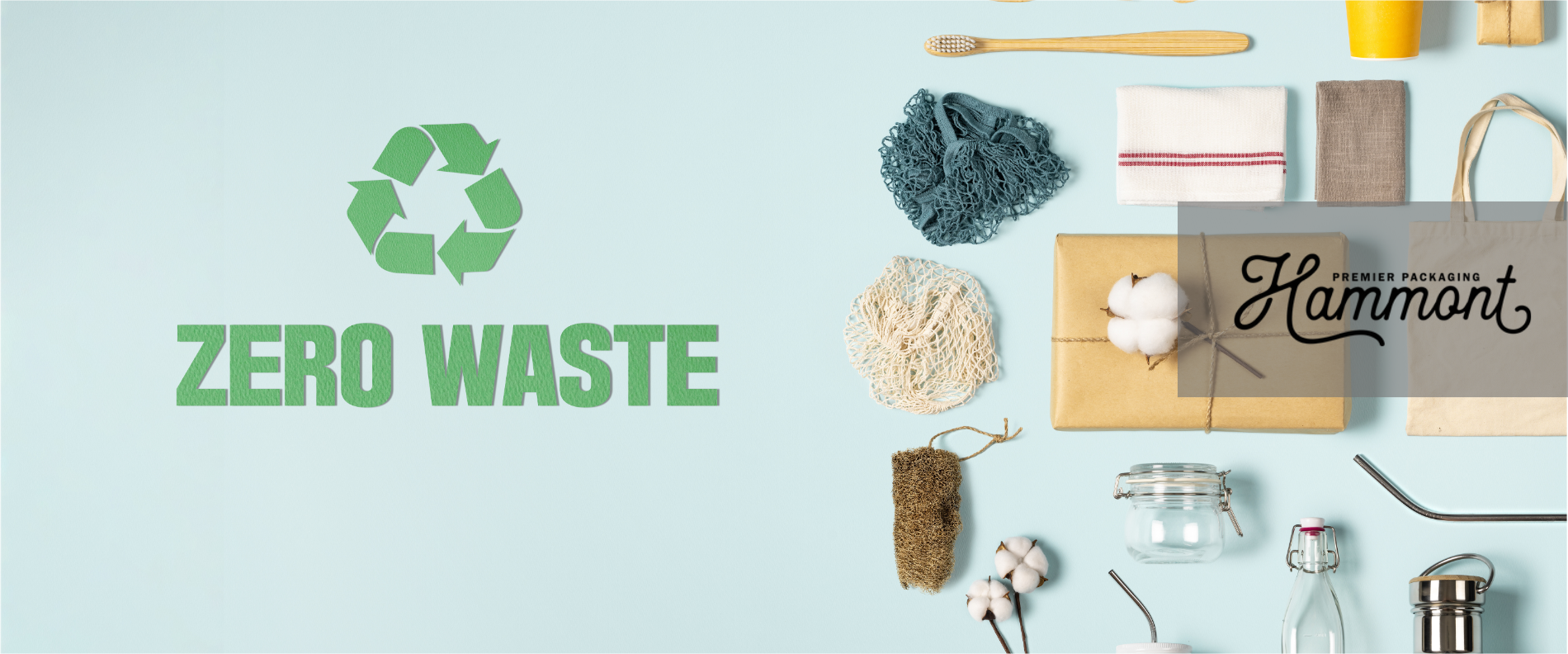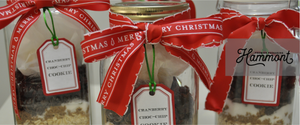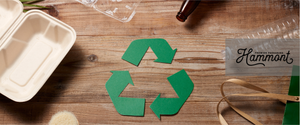Thoughtfully curating a beautiful and personalized gift is only the first step—what if we could present it in a way that’s as eco-conscious as the thought behind it?
Welcome to the world of zero-waste gift packaging, where creativity meets sustainability. While achieving zero waste may sound ambitious, thoughtful choices and clever techniques can bring us remarkably close. So, let’s take a closer look at what this means and how you can implement it, especially for the eco-conscious recipient!
🌿 Key Takeaways
- Zero-waste gift wrapping is a creative and conscious way to reduce environmental impact during celebrations.
- Fabric wraps, upcycled paper, and reusable containers offer beautiful alternatives to disposable packaging.
- Eco-friendly fillers like kraft paper or popcorn provide protective, compostable options for delicate gifts.
- Natural decorations (twine, dried herbs, seed paper) add elegance without waste.
- Encouraging reuse or return of packaging creates long-term sustainable habits—great for both personal and corporate gifting.
- Zero-waste isn’t perfection—it’s progress. Small thoughtful changes add up and inspire more mindful giving.
What Does Zero-Waste Mean?
Zero waste is an intentional lifestyle that prioritizes eliminating waste—not merely managing it after it’s created. As defined by the Zero Waste International Alliance, it means designing and managing products and processes to eliminate waste volume and toxicity, and to conserve and recover all resources—without burning or burying them.
And yup, this goes beyond recycling. It demands a whole-system approach—rethinking how we produce, consume, and dispose so that materials remain useful through reuse, remanufacturing, or composting.
In other words, waste is no longer trash; it's a resource ready for transformation.
The “zero” in zero-waste may seem literal, but most advocates emphasize that the goal is steady progress, not perfection. It’s about clever design, practical swaps, and deliberate decisions that reduce environmental impact—especially in rituals like gift giving, where packaging can overwhelm the present itself.
| Method | Description & Benefits | Ideal Use |
|---|---|---|
| Reusable Fabric Wraps | Use scarves, bandanas, or Furoshiki techniques for elegant, reusable wrapping. These also become part of the gift. | Personal & Corporate Gifts |
| Upcycled Paper | Repurpose items like sheet music, maps, posters, or children's art for creative and waste-reducing wrap. | Creative & Personalized Gifts |
| Reusable Containers | Present gifts inside mason jars, wooden boxes, or baskets—doubling the container as part of the gift. | Food, Skincare, Artisanal Products |
| Compostable Fillers | Use shredded kraft paper, popped popcorn, or wood excelsior as protective and biodegradable packing. | Fragile & Organic Items |
| Natural Decorations | Twine, dried herbs, citrus slices, or seed paper gift tags add style and eco-value—no plastic ribbons or synthetic tags. | All Gift Types |
| Encourage Reuse/Return | Include a note or prepaid label encouraging recipients to reuse or return packaging. Ideal for closed-loop corporate gifting programs. | Corporate & Subscription Gifts |
How to Wrap Presents Without Waste
Creating zero-waste gift packaging represents a meaningful intersection of practicality and environmental responsibility. The transition from conventional wrapping methods requires minimal effort yet yields significant environmental benefits.
By reimagining our approach to gift presentation and giving, we can transform packaging from a momentary experience into a lasting contribution to sustainability. So, here are some ways to do just that!
Choose Reusable Wrapping
Swap disposable paper for fabric wraps—consider scarves, bandanas, or the Japanese Furoshiki technique, which transforms cloth into elegant wrapping through strategic folding and knotting. These textiles serve dual purposes: they enhance the gift’s presentation while becoming keepsakes themselves. Quality fabrics can circulate through countless gift exchanges, creating a tradition of sustainable celebration.

For corporate gifting, branded cloth bags or wraps further offer a professional presentation while reinforcing environmental values.
Upcycle Paper and Materials
Transform existing materials into distinctive wrapping by repurposing maps, vintage posters, architectural blueprints, sheet music, or newspaper sections. This approach not only diverts materials from waste streams but creates conversation-starting presentations that reflect thoughtfulness and creativity.
Children's artwork, outdated calendars, and magazine pages offer additional possibilities. The key lies in selecting materials that complement the recipient’s interests—such as travel maps for adventurers, musical scores for musicians, or literary pages for book lovers.
Opt for Reusable Containers
Eliminate wrapping entirely by presenting gifts within functional containers—think mason jars, vintage tins, wooden boxes, or woven baskets that enhance rather than obscure the gift. This strategy works particularly well for consumables like homemade preserves, bath products, or artisanal goods.
In many ways, the container becomes part of the gift’s value proposition, offering long-term utility beyond the initial exchange. Professional settings benefit from this approach through branded containers that recipients can repurpose for storage or display.
Use a Filler That Can Be Reused or Composted
Replace synthetic padding with sustainable alternatives, such as shredded kraft paper, crinkled newsprint, or genuine excelsior (wood wool), to provide cushioning without environmental compromise.
And here’s a twist: Popcorn—actual popped corn, not polystyrene—also can offer biodegradable protection for delicate items.
Dried herbs, lavender, or cedar shavings also add sensory appeal while remaining fully compostable.
Embrace Minimalist Labels
Rather than adhesive tags or synthetic ribbons, employ natural twine, fabric remnants, or botanical elements for decoration. Pressed flowers, cinnamon sticks, rosemary sprigs, or dried citrus slices create memorable presentations without waste.
Handwritten messages on seed paper—which recipients can plant—combine personalization with regeneration. These understated touches often convey more thoughtfulness than elaborate commercial decorations while maintaining professional sophistication!
Encourage Packaging Return and Reuse
Within your gift (if suitable), include instructions encouraging recipients to continue the zero-waste cycle. For shipped items, design packaging systems that facilitate return through prepaid labels or collection programs.
Corporate gifting programs, in particular, can incorporate returnable packaging as part of their sustainability messaging, creating closed-loop systems that demonstrate environmental commitment.
| Material | Reusable | Compostable | DIY-Friendly | Elegant Look | Corporate-Suitable |
|---|---|---|---|---|---|
| Fabric Wraps | ✅ Yes | ❌ No | ✅ Yes | ✅ Yes | ✅ Yes |
| Upcycled Paper | ❌ No | ✅ Yes | ✅ Yes | ✅ Yes | ⚠️ Sometimes |
| Reusable Containers | ✅ Yes | ❌ No | ✅ Yes | ✅ Yes | ✅ Yes |
| Kraft Paper Fillers | ✅ Reuse Once | ✅ Yes | ✅ Yes | ⚠️ Basic | ✅ Yes |
| Natural Twine & Botanicals | ✅ Yes | ✅ Yes | ✅ Yes | ✅ Yes | ✅ Yes |
| Seed Paper Tags | ❌ No | ✅ Yes (Plantable) | ✅ Yes | ✅ Yes | ✅ Yes |
| Popcorn (as filler) | ❌ One-time | ✅ Yes | ✅ Yes | ⚠️ Novelty Only | ❌ No |
Other Things to Consider
Successfully adopting zero-waste packaging requires planning and a gradual transition. Start by auditing current packaging practices to identify immediate improvement opportunities. Build a collection of reusable materials throughout the year rather than scrambling before events. Educate gift recipients about the intentionality behind sustainable packaging choices, transforming potential confusion into appreciation for environmental consciousness.
The zero-waste packaging movement represents more than trend adherence—it embodies a fundamental shift in how we express care through gift-giving. By prioritizing reusability, compostability, and creativity over convenience, we demonstrate that thoughtful presentation need not compromise environmental integrity. These practices, once adopted, often become preferred methods, proving that sustainable choices can enhance rather than diminish the gifting experience. And that’s a movement we can get behind!

